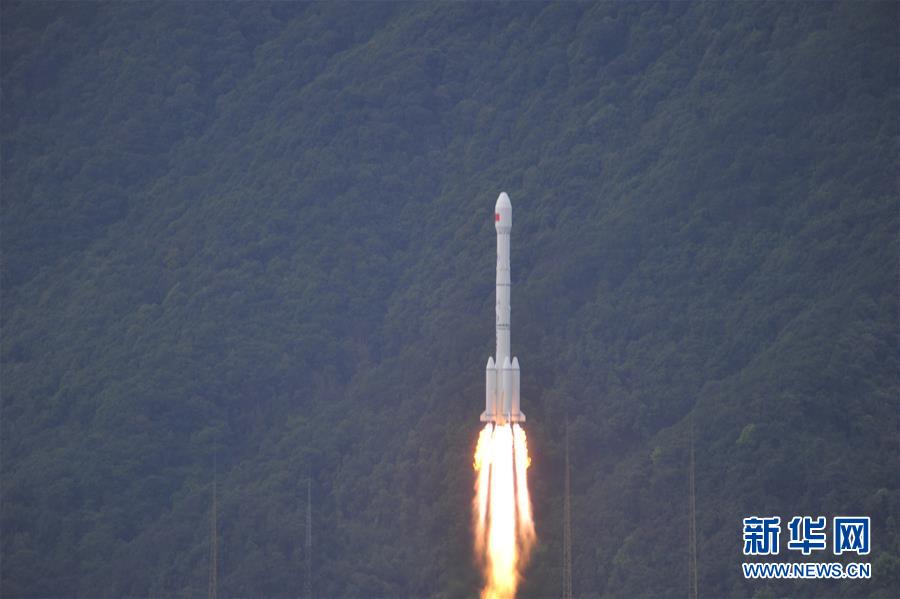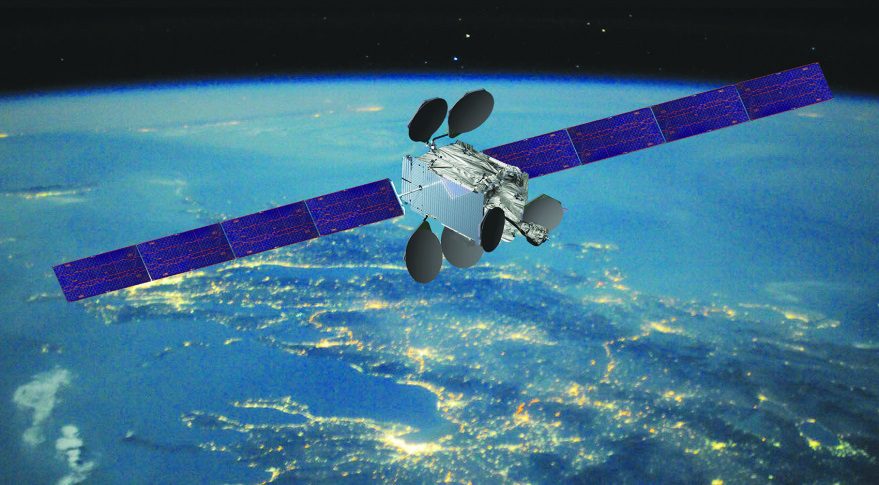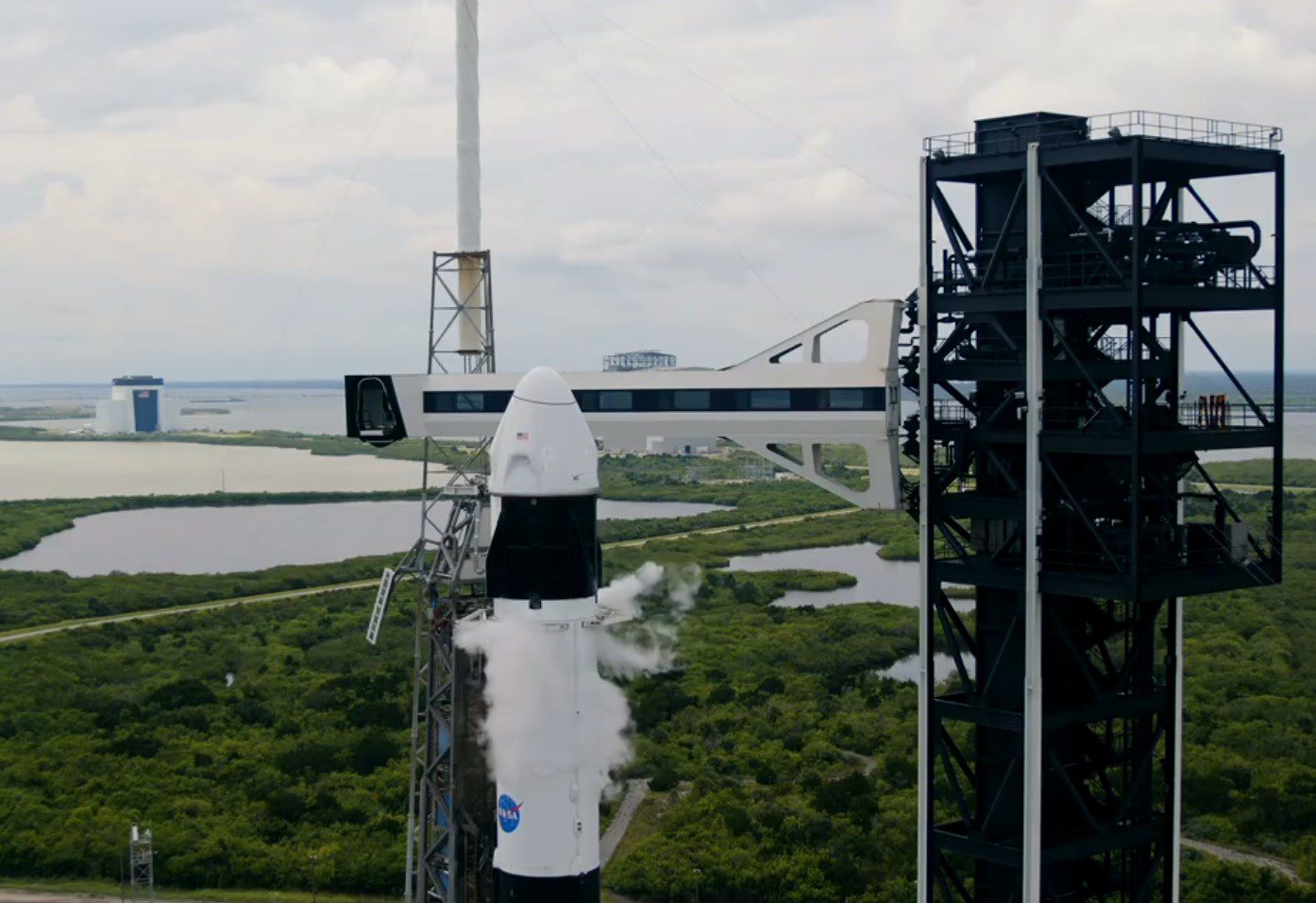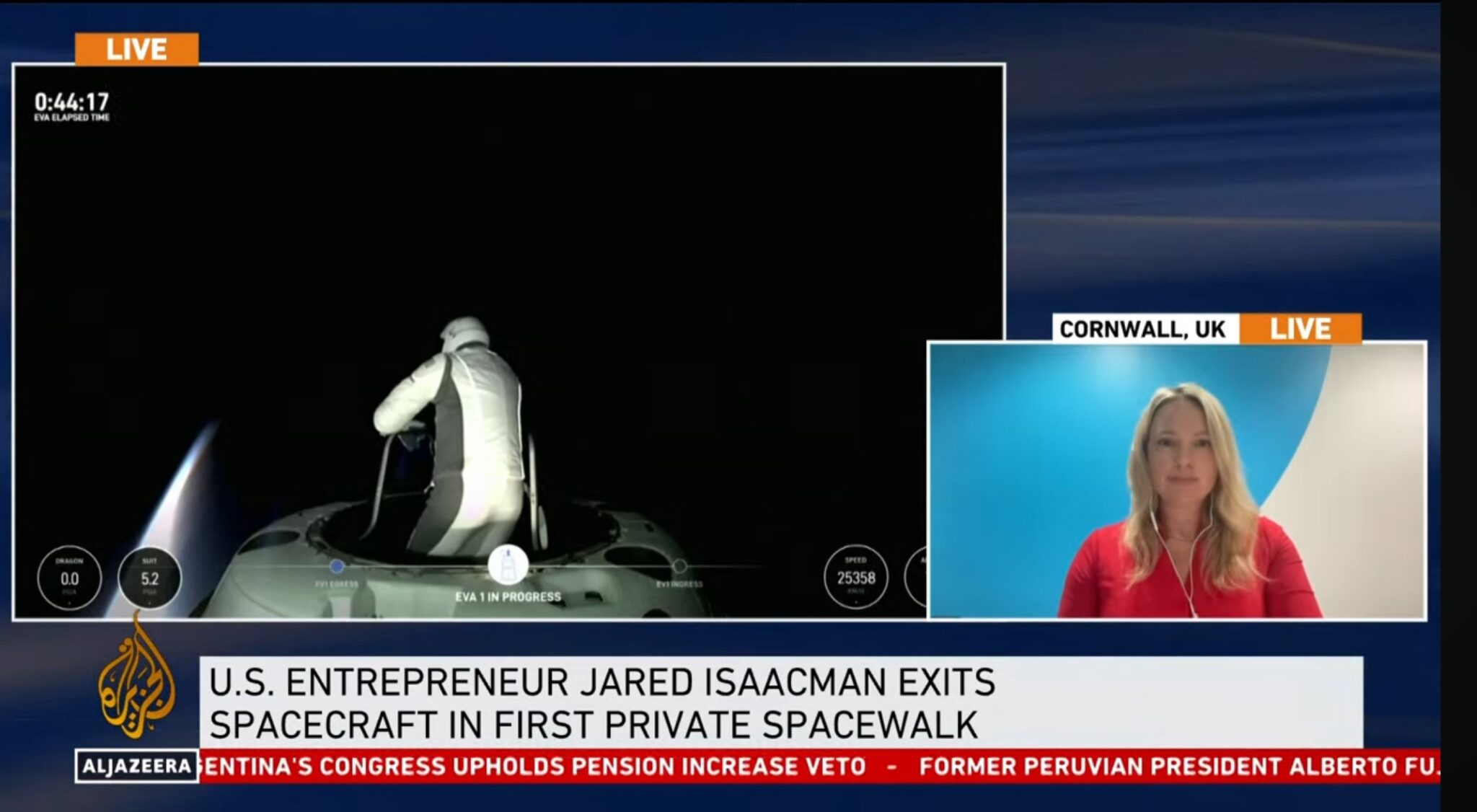The Chinasat 16 experimental communications satellite (aka Shi Jian 13) was aboard a CALT operated Long March 3B-G2 (CZ 3B-G2) which lifted off from the Xichang Satellite Launch Center, in southwest China, at 1104 GMT on 12 April 2017. The satellite is based on the improved DFH 3B medium spacecraft bus and carries two experimental communications packages. The first is a high-throughput Ka-band payload, reportedly with 20 Gbps of capacity. The second is a two-way laser communication payload with a transfer rate of 2.4 Gbps.
As well as carrying cutting-edge communications technology, the spacecraft is the first Chinese satellite to Geostationary orbit (GEO) that relies primarily on electric propulsion for its north/south station-keeping. Using electric propulsion, the satellite is expected to remain in orbit for at least 15 years. This technology is being tested for DFH’s (DongFangHong) upcoming DFH 5 platform.
The first example of the DFH 5 platform, SHI JIAN 18, is expected to be launched in June 2017, on board the successor to the Long March 3B series, the Long March 5 (CZ-5).
David Todd contributed to this article.








